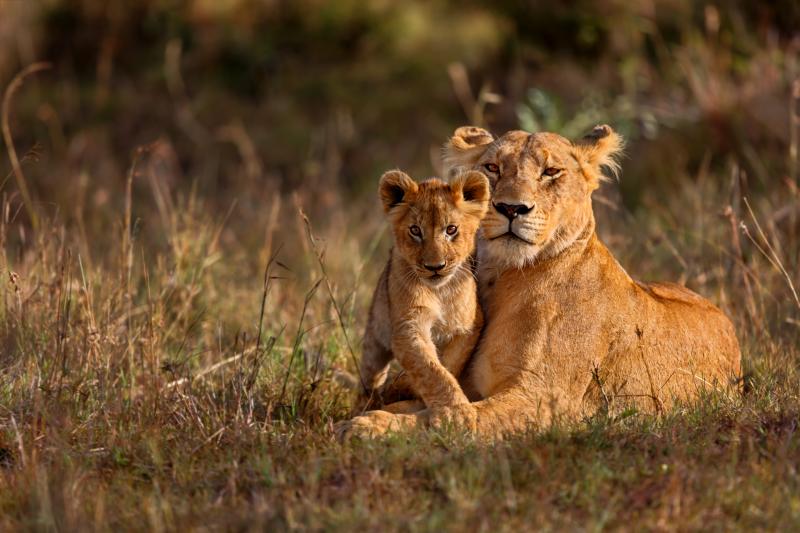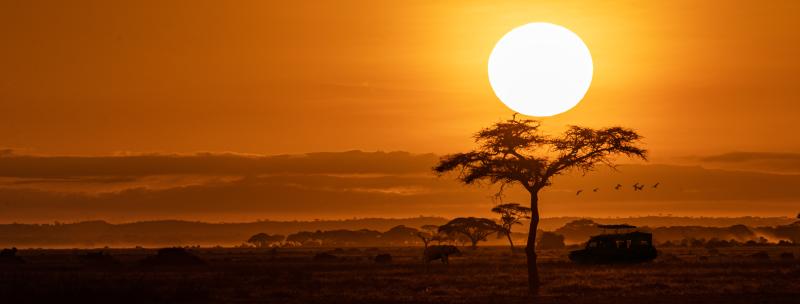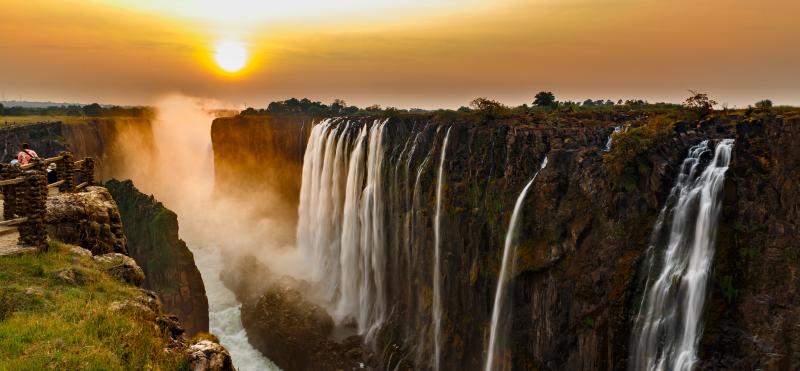View It
Visit It
Kenya
Africa
Visit Kenya
Kenya, a country of breathtaking landscapes and a cradle of ancient cultures, offers an unparalleled travel experience that captivates the heart of every visitor. From the iconic savannahs of the Maasai Mara to the pristine beaches of the Indian Ocean, Kenya is a land of diverse natural beauty. The Maasai Mara National Reserve, known for its exceptional population of lions, leopards, cheetahs, and elephants, hosts one of the world’s most spectacular events - the annual migration of millions of wildebeest and zebra. This natural spectacle, occurring between July and October, is a profound testament to the unspoiled wilderness that Kenya proudly conserves.
Beyond the wild landscapes, Kenya’s coast offers a completely different kind of paradise. The Swahili culture here is a rich blend of African, Arab, and Portuguese influences, evident in the architecture, language, and culinary offerings. Historical sites like Fort Jesus in Mombasa, a UNESCO World Heritage site, tell tales of ancient trade and colonial battles. The coastal cities are also gateways to incredible marine life, with places like Diani Beach providing opportunities for snorkeling and diving in coral reefs teeming with colorful fish. The warm waters of the Indian Ocean invite relaxation and provide a perfect contrast to the adventure-laden safaris of the interior.
For those interested in cultural experiences, Kenya’s diverse ethnic communities offer deep insights into traditional ways of life. Visiting a Maasai village can provide a unique perspective on the daily lives of one of Kenya’s most famous ethnic groups, known for their distinctive customs, dress, and close relationship with the land. In cities like Nairobi, the capital, one can enjoy the vibrant urban culture with its bustling markets, contemporary art galleries, and fine dining that fuse local and international flavors. Nairobi also serves as a hub for conservation efforts, with places like the David Sheldrick Wildlife Trust and the Giraffe Centre offering close encounters with wildlife and education on conservation challenges and successes.
Traveling to Kenya thus presents a rich tapestry of experiences, from adrenaline-pumping wildlife safaris and serene beach holidays to immersive cultural encounters and urban exploration. Each aspect of Kenya offers a new perspective on this dynamic country, making it a must-visit destination for those seeking adventure, relaxation, and a deeper understanding of nature and culture.
Kenya Monthly Weather Conditions
LOW
TEMP
HIGH
TEMP
DAYS OF PRECIP.
January
59°F
73°F
9
February
64°F
75°F
5
March
64°F
79°F
9
April
64°F
77°F
9
May
59°F
77°F
9
June
60°F
77°F
11
July
59°F
77°F
11
August
59°F
77°F
9
September
60°F
77°F
9
October
64°F
77°F
12
November
64°F
75°F
9
December
64°F
77°F
9
Need to Know Before You Go To Kenya
Find your Next Adventure in Kenya
Explore Kenya
- Birthplace of Safari
The concept of "safari" originated in Kenya, derived from the Swahili word for "journey." Kenya is renowned for its safaris in national parks like the Maasai Mara, Tsavo, and Amboseli, where visitors can see some of the world’s most iconic wildlife.
- Great Wildebeest Migration
One of the most spectacular natural events in the world, the annual migration of over two million wildebeest, zebras, and gazelles occurs in the Maasai Mara. This migration is a key event for tourists and a significant aspect of Kenya’s natural heritage.
- Cradle of Humanity
Kenya is a key site for paleontological research. In the Great Rift Valley, particularly at sites like Olduvai Gorge and Lake Turkana, some of the oldest human fossils have been discovered, earning this region the nickname "Cradle of Humanity."
- Diverse Languages
Kenya recognizes Swahili and English as its two official languages, but over 60 languages are spoken throughout the country. These languages stem from the diverse ethnic groups that make up Kenya's population.
- Unique Equator Phenomenon
Kenya is one of the few countries in the world that is bisected by the equator. This geographical positioning allows for a unique climate and biodiversity, especially evident in the differing weather patterns and natural environments from the coast to the highlands.
- World-Famous Runners
Kenya is famous for its dominance in long-distance and marathon running. This success is largely attributed to the high-altitude training in regions like Iten, which has produced numerous Olympic medalists and world record holders.
- Innovative Mobile Banking
Kenya is a pioneer in mobile money with its M-Pesa system, launched in 2007. This mobile phone-based money transfer service has revolutionized banking in Africa, providing financial services to millions of people without access to conventional banks.
- Rich Tribal Culture
Kenya is home to 42 ethnic groups, each with its own unique language and culture. The Maasai, known for their distinctive customs, dress, and residence near many game parks, are perhaps the most well-known internationally.
- UNESCO World Heritage Sites
Kenya boasts several UNESCO World Heritage Sites, including Lamu Old Town, Fort Jesus in Mombasa, and the sacred Kaya Forests, which are culturally significant to the Mijikenda people.
- Tea and Coffee Economy
Kenya is one of the world’s leading producers of tea and coffee, which are major contributors to its economy. Kenyan tea and coffee are known globally for their high quality and are major export commodities.
Featured Picture Gallery

Lions are Native to Kenya's Savannah and their National Animal

Take a Safari to See the Native Animals of Kenya

Explore the Rich Culture of Kenya

Experience the Beautiful Sunsets of the Kenyan Savannah
Explore Similar Locations
Tanzania

Victoria Falls

Zanzibar

